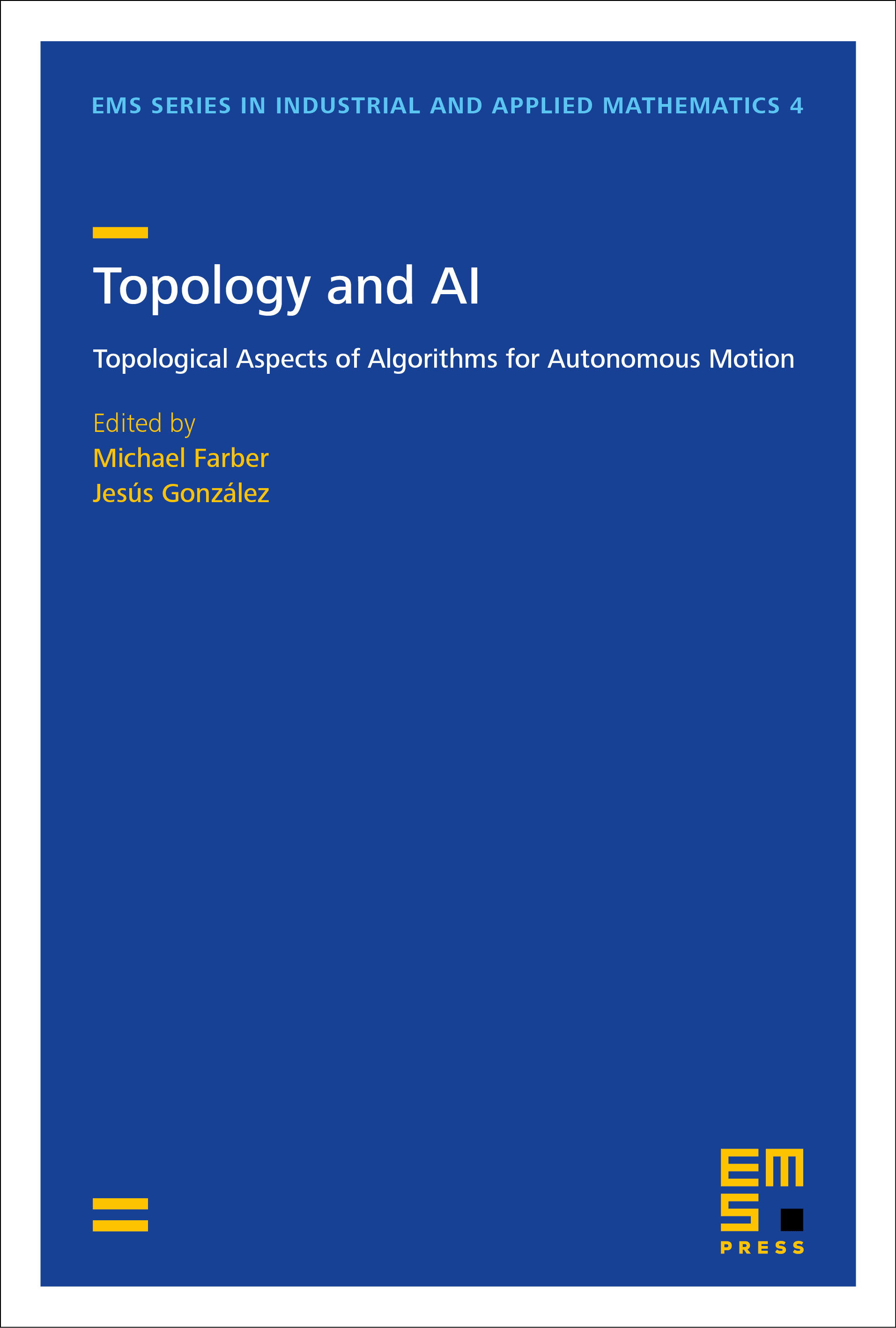Towards control, learning and intelligence in reconfigurable systems
Dan P. Guralnik
University of Florida, Gainesville, USA

A subscription is required to access this book chapter.
Abstract
Reconfigurable systems (RS) were introduced by Ghrist and Peterson as an example of a broad class of formal discrete models of high-dimensional robotic systems capable of interacting with their environment by altering their physical shape, such as snake robots. Crucially, they show that the configuration space of any RS is a special non-positively curved (NPC) cubical complex, raising practical questions on how one might exploit geometric ideas such as Niblo-Reeves’ normal cube paths for the control of an RS. We will review existing approaches to navigation in CAT(0) cubical complexes from works by Owen and Ardila, and compare them with alternatives by Guralnik and Koditschek in light of reactive approaches to robot navigation in the continuous domain. We will proceed to review more recent efforts to obtain formal results concerning the learning of navigation tasks in certain classes of RS relevant to autonomy and AI contexts, where provable adaptation capabilities are sorely needed.